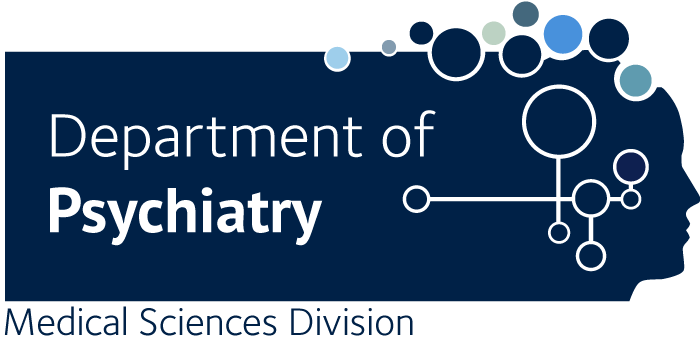Magnetoencephalography recordings reveal the spatiotemporal dynamics of recognition memory for complex versus simple auditory sequences.
Fernández-Rubio G., Brattico E., Kotz SA., Kringelbach ML., Vuust P., Bonetti L.
Auditory recognition is a crucial cognitive process that relies on the organization of single elements over time. However, little is known about the spatiotemporal dynamics underlying the conscious recognition of auditory sequences varying in complexity. To study this, we asked 71 participants to learn and recognize simple tonal musical sequences and matched complex atonal sequences while their brain activity was recorded using magnetoencephalography (MEG). Results reveal qualitative changes in neural activity dependent on stimulus complexity: recognition of tonal sequences engages hippocampal and cingulate areas, whereas recognition of atonal sequences mainly activates the auditory processing network. Our findings reveal the involvement of a cortico-subcortical brain network for auditory recognition and support the idea that stimulus complexity qualitatively alters the neural pathways of recognition memory.

